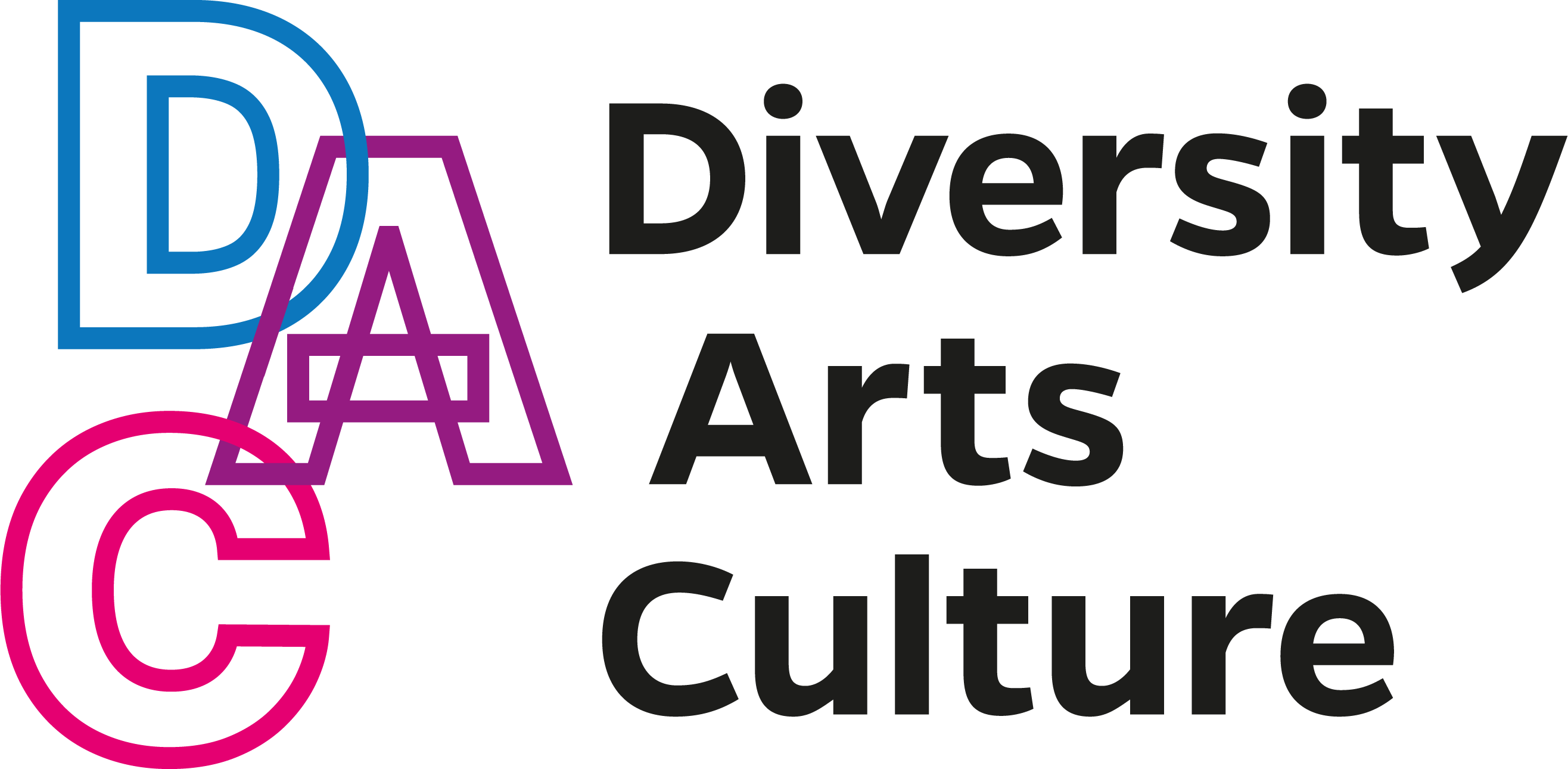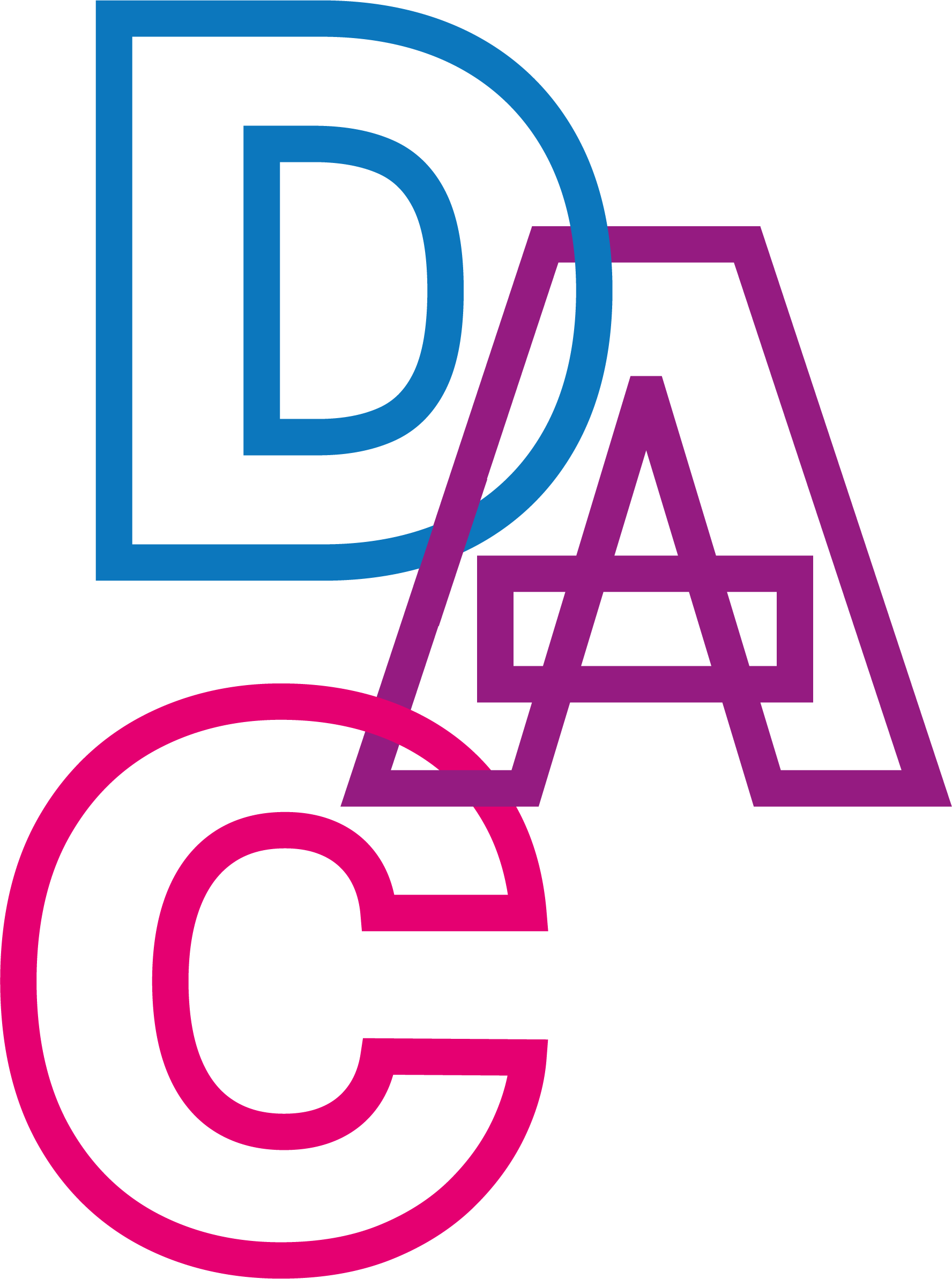Politics, power and privilege
The development of the creative case for diversity
Text: Hassan Mahamdallie
The fight against entrenched inequalities, and the pursuit of equality for all, is always going to be a political question. In whatever arena, this kind of work is intensely politicised, because it throws up sharp questions about the nature of society and its claims to be truly democratic. Inequality may be expressed and analysed through the social and the economic, but at heart it is about power; who has access to it, and the privilege they draw from it.
I have always understood that the arts are no different; those who have the means of cultural production, and those denied it, is a political expression of power. Therefore, the fight for diversity, equality, inclusion, cultural democracy – whichever terms you want to use – has to be waged on a political level. After all, movements for democracy always have freedom of thought and expression as central demands and have used the arts and creativity as tools in their struggles. Speaking truth to power” is an expression heavy with meaning.
But each different arena has its own particular starting points, arguments and goals – and this is true for the fight for equality in the arts.
I have learned that the arts and cultural landscape, the structures and institutions that shape it, how power and privilege are expressed, traditions and modes of thinking, the ideas and worldviews that dominate it, demand particular responses, strategies and tactics from those who seek to fundamentally change it. I have also learned that those who preach ‘slowly, slowly’ tiny step-by-step gradual change are, in reality, seeking to sell you an agenda of no change at all.
In September 2011 a team of diversity specialists working for Arts Council England launched what we called "The Creative Case for Diversity and Equality in the Arts". We defined this radical shift in arts policy thus:
But to fully understand how we came to this declaration, one has to go back to a tragic and awful event that took place many years before. A national political crisis erupted out of a racist murder in 1993. Black London teenager Stephen Lawrence was stabbed to death by a racist gang of youths. The police, despite knowing the identities of the killers, failed to arrest them and bring them to justice. A subsequent government inquiry found that the police’s failure to deliver justice was due to it being institutionally racist. The litany of investigative flaws, racist (and corrupt) attitudes and actions of the police faced with a Black victim of racist violence, forced the British nation to look itself in the face, and many were ashamed at what they saw. Out of the damning inquiry came government legislation that put a legal duty on all publicly funded institutions to combat structural racist discrimination, promote equality, and to report on their progress annually.
The Arts Council of England, funded through the government’s culture ministry to distribute subsidy, was bound by this legislation. It responded by setting up a small central diversity team that I was recruited to, initially to draw up and implement a series of comprehensive Race Equality Schemes that, for the first time in the Arts Council England's history, put contractual obligations on the hundreds of organisations it regularly funded. This replaced various piecemeal and short-term initiatives that Arts Council England had previously tried. The first scheme was launched in 2004, and widened later into a single equality scheme, encompassing race, disability, gender, faith and sexual orientation.
The contractual obligations on all Arts Council England's regularly funded organisations to further diversity and equality remain today. Written into Arts Council agreements are requirements on companies to demonstrate and evidence how they are changing what they do. Like all contracts there are penalties for failing to deliver. The Arts Council states it is distributing public funds, and therefore the subsidised arts must truly reflect and serve all of the country’s population.
However, the realm of equality had not escaped politicisation. The post 9/11 era, particularly the 7/7 bombings in London in 2005, brought new arguments into the debate, specifically around Muslims place in British society, the level of their integration, followed later by targeted ‘Preventing Extremism’ legislation. This gave an opening to those on the right to push back against equality in general, with the values of multiculturalism particularly coming under sustained attack. These arguments seeped into the arts in the form of ring wing attacks on the Arts Council’s diversity policies, particularly around positive action – specific schemes to accelerate equality for artists from Black and other minority backgrounds by offering funds, placements, training schemes and other progressive measures.
By 2007 Arts Council England's diversity team recognised that our ability to make significant change was gradually being eroded. We had to change tack. We commissioned various research papers and then called an internal Arts Council conference; gathering top managers, art form directors and diversity staff to critique our policies and discuss a way forward. As I later wrote:
We also concluded that the previous drivers for change, although sometimes useful, represented only partial remedies – whether that be the legal case (‘it’s the law’), the moral case (‘it’s the right thing to do’) or financial case (‘it’s good for business’). We needed a case that spoke directly to the arts. So out of the 2007 conference emerged an idea that integrated diversity (and the fight for equality) with the creative act itself:
We decided that what we were going to do was to develop an artistic argument for diversity and equality in the arts. ‘Let's open up another area of debate’. And for us that meant an area of debate where we could outmanoeuvre [our] critics by saying, 'What we are going to have is a debate about art – how it's made, the creative act itself, how change occurs in the arts, how innovation occurs in the arts, how new art movements are coming to be and what the relationship is between art and society'.
…We aren't going to allow diversity and equality to be marginalised, to be just something bolted on to the artistic world. We will put diversity and equality right in the middle of the debate, of all the debates, around the arts in this country.
We launched the Creative Case in 2011 at probably the largest public conference that Arts Council had ever hosted. We framed it as a conversation instead of a diktat – which caused consternation for some of the subsidised arts who were used to the Arts Council telling them what to do. Instead of bulleted action points on our discussion documents we would put a series of questions. We called on the arts sector to be our partners. We gathered and published case studies from across history, across artforms and different areas of oppression and disadvantage, including race, disability, gender and social class. We rewarded those organisations that began to make significant headway, reversing what had been unofficial historic policy of trying to effectively bribe arts companies into doing stuff around diversity and equality by giving them extra money.
We also called on those who had been very critical of our past policies to join us in shaping that conversation. I had approached eminent visual artist Rasheed Araeen, who ran a highly respected post-colonial theoretical journal entitled Third Text. Araeen had been one of our harshest critics – accusing the Arts Council of ghettoising Black artists through its positive action policies. My first discussion with Araeen was prickly, shall we say, but we could agree on enough to collaborate on furthering the Creative Case agenda. Out of this in 2010 came a special issue of Third Text. Beyond Cultural Diversity: the case for creativity. It was a ground-breaking series of essays and provocations by leading figures in the visual arts and diversity, providing a coherent critique of cultural diversity while looking ahead to the development of an inclusive history of modern British art.
The publication carried a keynote article in which I argued that the Creative Case represented:
Today, versions of the Creative Case are the consensus across the arts sector in England, Scotland and Wales.
However, unfortunately it is not the case that because we have won the argument, and have generated a level of momentum, that the far-reaching irreversible change we desire has taken place. In the UK we have yet to achieve the shift in power and the dismantling of privilege that a small elite refuse, by and large to relinquish. Some elements of this self-styled ‘creative class’ have regrouped to push what prominent theatre director and producer Madani Younis describes as “the new paternalism” – the co-opting of the language of change, and the seeking of control over the speed and direction of that change, in order to limit it.
I am sometimes asked to advise arts organisations, particularly theatre companies, on diversity and equality. I can divide organisations that approach me into two broad categories – those that do want to change, and those that tell you they want to change – but don’t.
With the group that tell me they want to change, but don’t, I am usually asked to work with the outreach and education officer and the marketing department. The outreach officer will be told to expect that I will give them short-cuts that will allow them to lessen the gap between their theatre and the diverse “new audiences” they seek. The marketing department will be told that I will help them find a different language which will “connect” them to this diverse new audience and boost ticket sales for the next programmed season.
In the group who do want to change, I tend to work with the senior management, at least at first, and we rarely have conversations about outreach or marketing, but talk more about different models of organisational development, change and transformation. And about art.
In the group that think they want to change, but don’t, I am given a pre-set agenda. They tend to stop listening when I tell them that audience development is fundamentally about having a business model and an organisational culture based on growth, and that conversations about marketing and sales have to start not with language, but with content – in other words the theatre’s programming or the way it makes new work, and who it chooses to employ, work and collaborate with.
Theatre in the UK as an institution or cultural force has historically failed to develop the ability to self-critique or examine itself. This is in part to do with the sector’s structure – hierarchical, top down, careerist, based on the artistic director/CEO model; an accumulation of power and decision-making made worse over recent decades by the atomisation of the artistic workforce into competing individuals floating in a neo-liberal marketplace. Virtually no one in the arts in the UK talks about power (except those who point out they lack it). It is itself an exercise of power of course, to think you can wield it without acknowledging you are actually doing so.
And so, we return to the central questions of politics, power and privilege.
But what cannot be denied is that, for the first time, Arts Council England, and those in the arts sector fighting to further equality and diversity, have developed a holistic, intellectual and artistic argument that recognises the true value of diversity and places it at the heart of all thinking about the arts. For me, and many others, it remains an irrefutable proposition that has the potential to lay the ground for further radical change.

